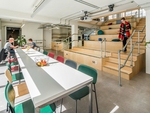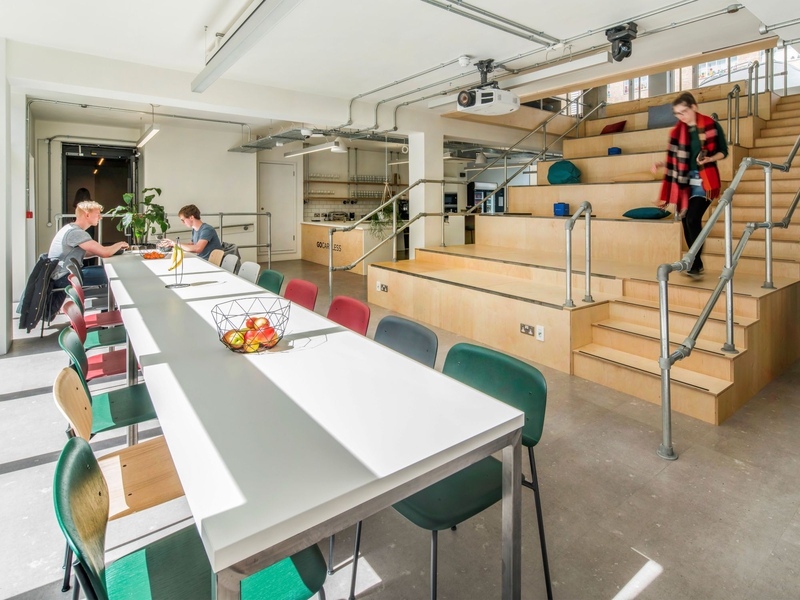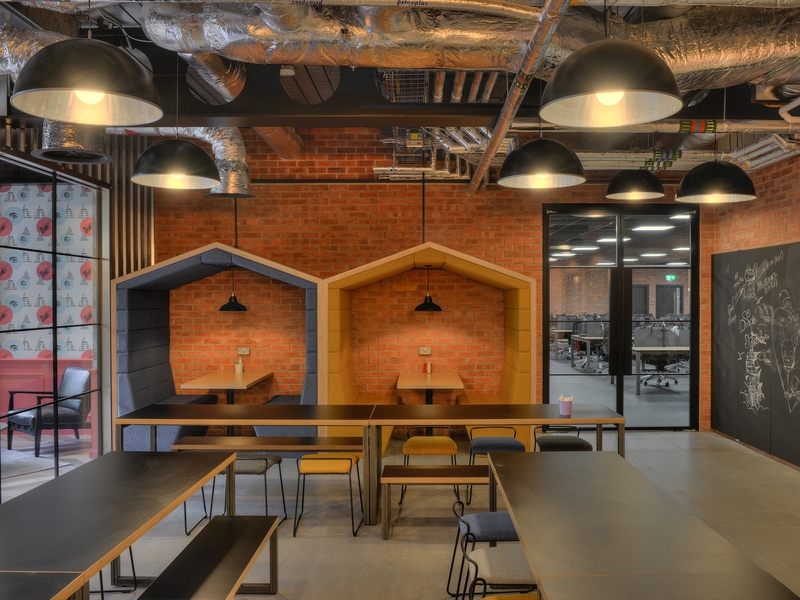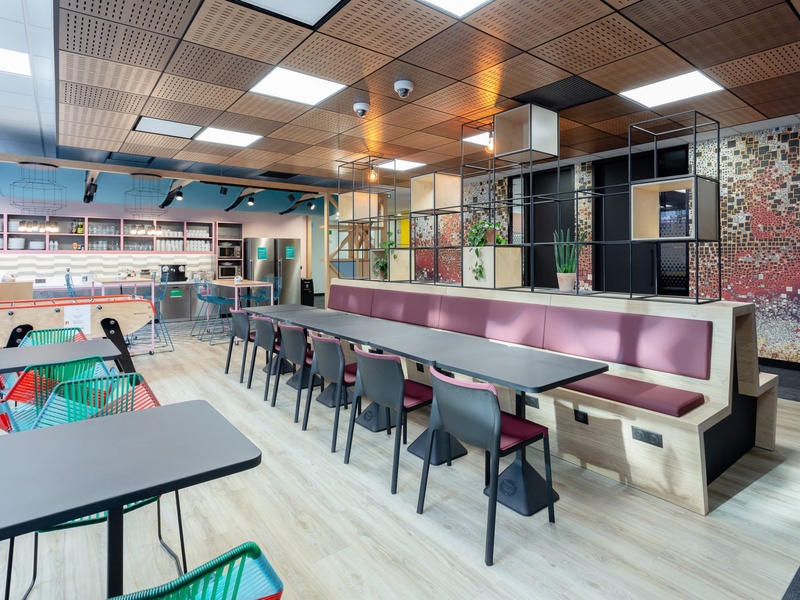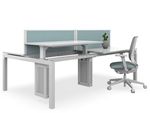Nov. 22, 2018
Industry Trends
Research suggests that many employees are spending seven or more hours a day sitting down at work, plus more hours sitting down at home or while commuting. Recently there’s been a lot of talk about the negative health problems caused by such prolonged periods of sedentary activity; but is sitting really bad for you, or is that just another scare story? You may want to sit down for this next part …

The Dangers
If you research this topic, you’ll soon find a lot of very alarming headlines: “Bad News: Sitting Is Killing You” (GQ), “Why Sitting Too Much Is Seriously Bad for Your Health” (Healthline), “Sitting Is the Smoking of Our Generation” (Harvard Business Review), and so on.
Indeed, having a sedentary lifestyle can certainly slow down your metabolism, which is bad for your blood pressure, your blood sugar levels, and your cholesterol levels; and this can contribute to higher rates of diabetes and cardiovascular disease. Furthermore, it’s also associated with mental health problems like depression, although this has not been proven.
But let’s be realistic, we all have to sit down and get on with our work sometimes. And there’s no need to despair: there are plenty of positive steps you can take to counteract the effects of sitting.

Positive Steps
Despite its provocative headline, what workplace visionary and author Nilofer Merchant says in her influential article (and subsequent TED Talk) “Sitting Is the Smoking of Our Generation” is perfectly reasonable: we spend too much time sitting at our desks staring at our computers. We have to get up and move around more, and also vary our posture more.
Good posture is incredibly important. Today there’s an epidemic of laptop and tablet posture: hunched over, shrugged shoulders, head craned forwards. Luckily, a comfortable, ergonomic working environment can work wonders: choose a good office chair, perhaps with an added lumbar support, and make sure your desk and your monitor are at a good height. Likewise, if you’re looking at your phone, hold it up to your face, don’t keep it in your lap.

But the most important thing, Merchant says, is to move around. Professor Stuart Biddle of the University of Southern Queensland agrees: “There are two issues. One is how long you sit for throughout the day, and we want to reduce that time. The second is how often you break up that sitting … We are not saying you mustn’t sit down – that would be nonsense. But when you are sitting down for long periods, try to break it up. A common sense rule of thumb is to get up for five minutes every half hour.” This is highly recommended, as standing leads to improvements in blood flow and has beneficial effects on blood glucose and insulin levels.
Recently, there’s been a great rise in the popularity of standing desks, although they’re suited to everyone. The even more adventurous can go farther and install exercise-work stations such as cycles and treadmills with a desk. But for those who choose to remain in an old-fashioned office chair, there are also plenty of helpful chair-based exercises and stretches you can do.

Other changes in your working habits to try include: going out for lunch rather than eating at your desk; going to get your own tea and coffee rather than sending an assistant; and walking to work; or, if this is impractical, standing up on the train to work.
Some business leaders, like Marks and Spencer chairman Archie Norman, like to hold meetings standing up: this helps everybody to focus, and encourages them to be more succinct. Others, like Nilofer Merchant, advocate walking meetings where you take your colleague on a short hike. Another good idea is to acquire a wireless phone headset (a pair of headphones with a mic will do the trick) and take your phone meetings and conference calls for a stroll; just make sure not to wander through busy areas and bother your colleagues while you’re doing so.

In general, it’s a great idea to move around the office: and the kinds of agile workplaces that have been long promoted, in which employees move between different zones over the course of their day, are perfectly suited to this approach.
Don’t Panic
Despite the often sensationalist headlines, sitting down to work won’t kill you like smoking will. Nevertheless, it’s still a good idea to break up long sedentary periods when possible. Not only will this bring many health benefits, but other benefits too: getting away from your desk can be both relaxing and creatively stimulating.
Share this article




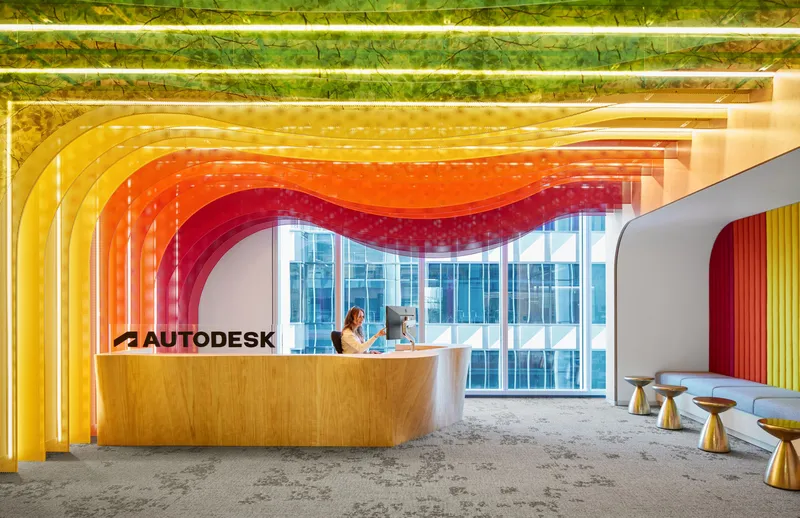







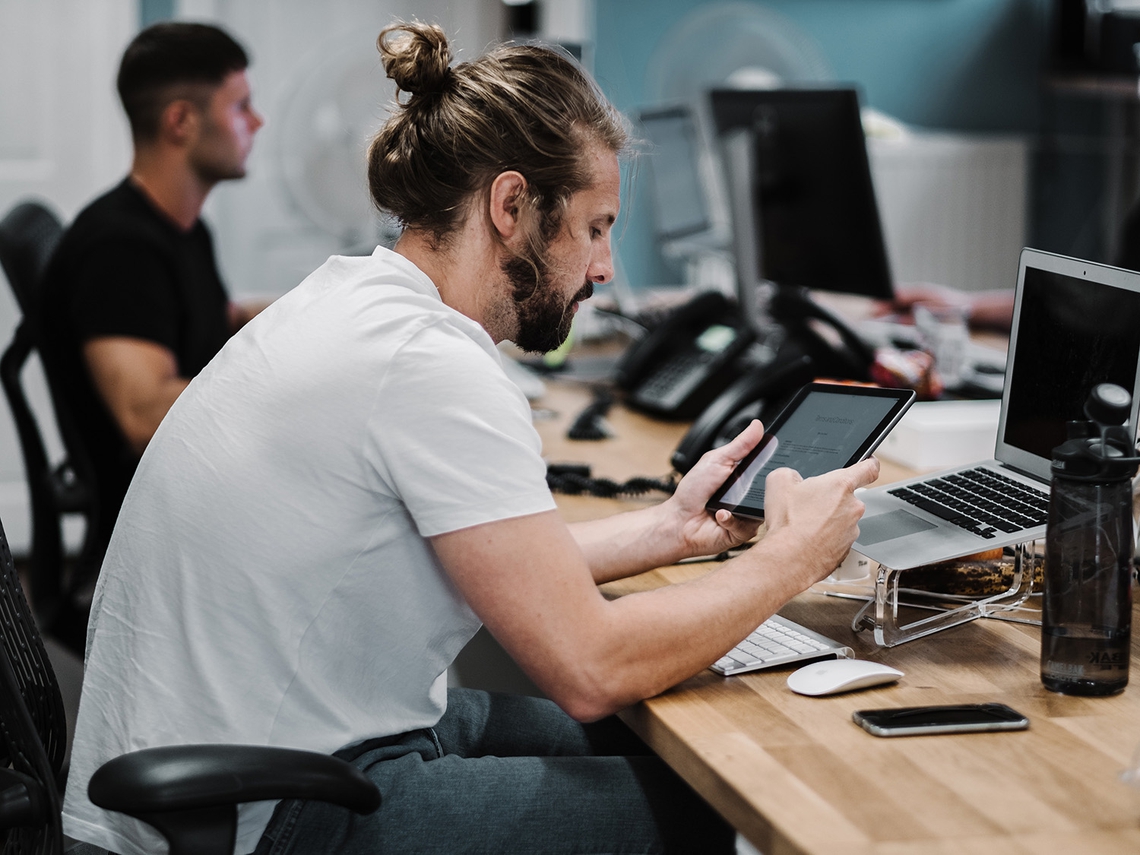



_medium.jpg)
